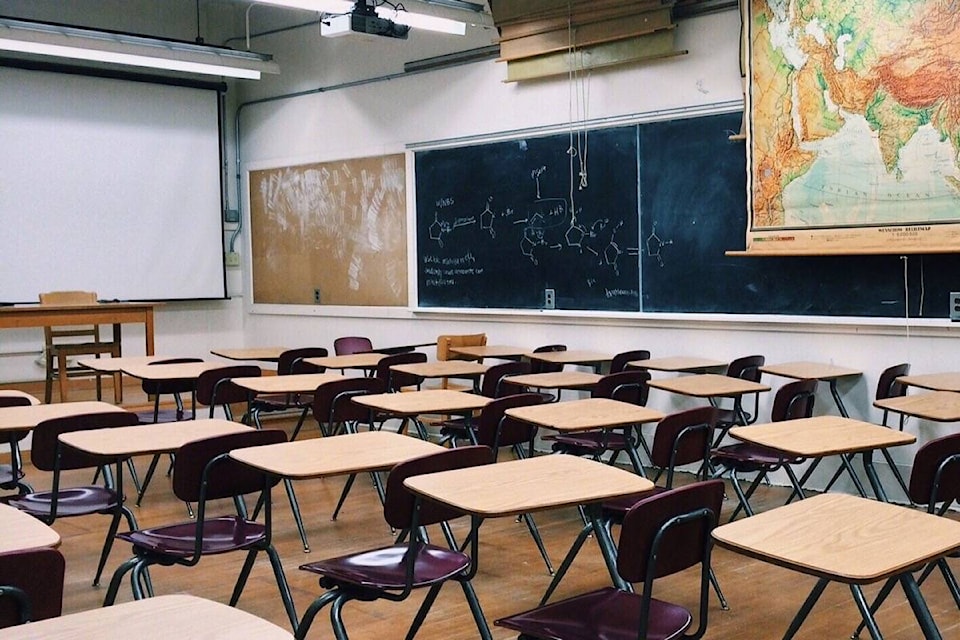B.C.’s teachers’ union has filed a grievance due to the province’s ongoing shortage of educators in schools across the province.
B.C. Teachers’ Federation president Glen Hansman said in a news release this week that ongoing teacher shortages remain a significant problem for many schools and threatens to cause disruption in the next school year.
“It’s now June 1st and there are still reports of non-certified teachers working in classrooms, students with special needs losing out on their programs or being sent home, and hundreds of classes with class compositions that don’t meet the learning needs of students,” he said.
“While there were some announcements in February to slightly increase teacher education spots, the lack of bold action and provincial co-ordination means the shortage will make the next school year challenging as well.”
READ MORE: Horgan promises new school funding formula in B.C.
Classrooms impacted are in all corners of the province including Vancouver, Quesnel and Prince Rupert, Hansman said,
In Quesnel, the union says there were nine full-time teaching jobs held by non-certified people this spring. In Vancouver, it says there are 1,817 classes with four or more children with special needs, which means they aren’t getting the support they would with more special education supports.
#BCpoli government / #bced districts need to take action to address the teacher shortage.
— BCTF (@bctf) June 1, 2018
Some ideas:
- housing allowances
- restore BC's mentorship program
- waive certification fees
- student loan forgiveness
Our students shouldn't have to go without the teachers they need.
The complaint is now in arbitration.
The union has proposed several recommendations, including making housing and moving allowances accessible in all school districts, mentorship programs to retain new teachers and waiving fees for retiring teachers trying to recertify.
READ MORE: B.C. teachers’ union to ask for higher salaries to help with shortages
Other recommendations include expanding access to the current rural and remote living allowance, a student loan forgiveness program and changes to starting salaries and financial assistance for qualification upgrades.
A Supreme Court of Canada decision in 2016 forced the provincial government to restore staffing to 2002 levels after it ruled a former Liberal government improperly took away the union’s right to bargain class size and the composition of those classes.
An agreement was reached on class size and composition in March 2017.
Education Minister Rob Fleming said the government knew there would be challenges as districts tried to hire the largest number of teachers in generations.
“We have some more work to do with additional teacher recruitment, that’s why we’ve funded more teacher-training spaces, that’s why we have 1,800 new graduates coming out of universities next year ready to be teachers.”
Fleming said he believes school districts are going to be able to complete their hiring and replenish teacher-on-call lists in time for the next school year.
Districts were recruiting across the country and 97 per cent of the hiring was completed this year, Fleming said, adding somewhere between 3,500 and 3,700 teachers.
The government hired 3,500 teachers last year as part of its obligations stemming from the Supreme Court decision.
Fleming announced another $571,000 in February to train 100 teachers in fields such as special education, French, math and physics.
Despite that, Hansman said bold action is needed.
“If the government and school districts don’t address these concerns urgently, students will keep losing out when the new school year starts.”
With files from The Canadian Press
